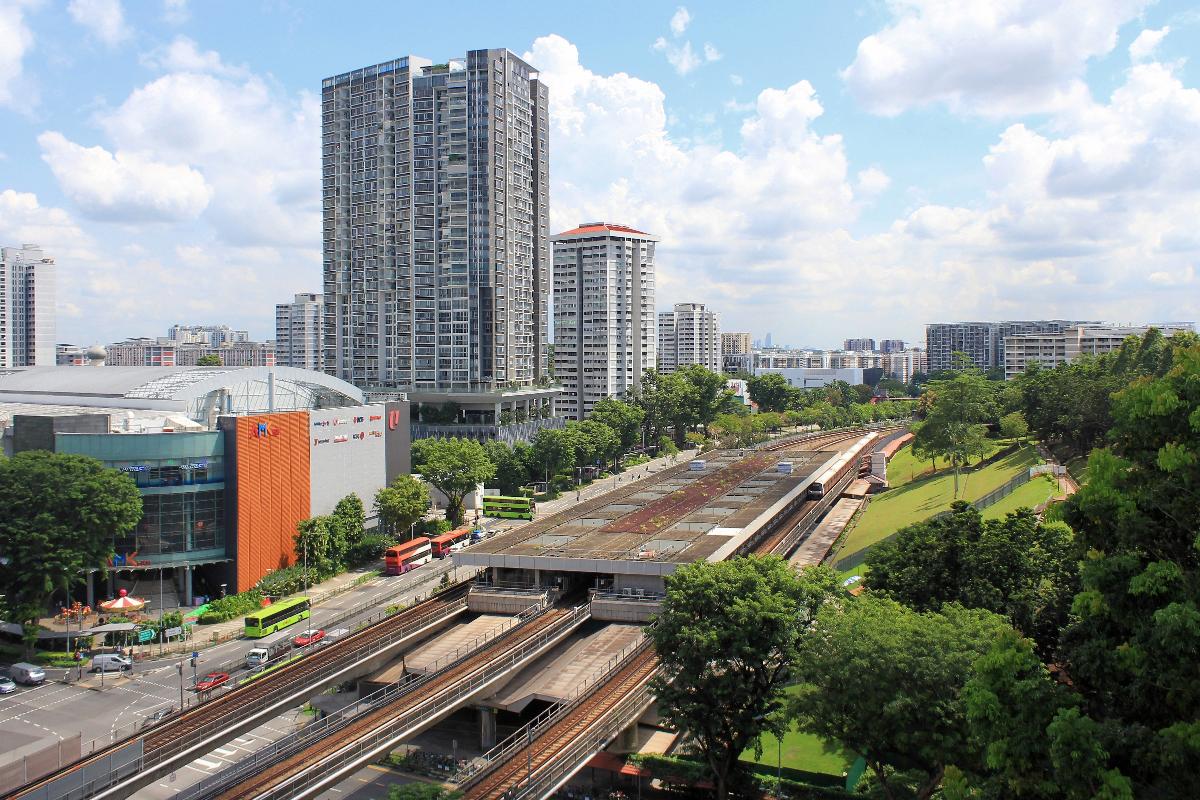In urban landscapes, the proximity to a Mass Rapid Transit (MRT) station has emerged as a pivotal factor in determining property value. Imagine waking up to the soft hum of trains gliding by, offering not just a window view but a gateway to convenience.
Living near an MRT station transforms a once-silent neighborhood into a vibrant hub of connectivity, drawing in both residents and investors alike. This allure is not merely a fleeting trend; it reflects a profound shift in how people prioritize accessibility in their daily lives.
As more cities expand their transit systems, the demand for homes within walking distance of these stations intensifies, leading to a notable surge in property values. Consequently, understanding the dynamics at play in these areas unveils the intricate relationship between transportation infrastructure and real estate—a dance of opportunity, convenience, and community that is shaping the future of urban living.
The MRT Advantage: Understanding Property Value Appreciation

Living near an MRT station is more than just a matter of convenience; it’s an investment strategy anchored in tangible economic principles. Properties situated within close proximity to these transit hubs typically experience accelerated appreciation in value, driven by the increasing demand for accessible transportation options.
Urban dwellers are drawn to the allure of hassle-free commuting, and as city populations swell, the desirability of these locations intensifies. Furthermore, the symbiotic relationship between MRT accessibility and local amenities—like shops, schools, and parks—further bolsters property values.
Investors recognize that a home near an MRT station not only offers a lifestyle upgrade but also serves as a hedge against market volatility, presenting a rare opportunity where convenience and financial growth seamlessly intersect. Developments such as the Skye at Holland showflat highlight how proximity to reliable transit systems has become a premium characteristic, setting the stage for sustained property appreciation in the years to come.
Accessibility and Convenience: The MRTs’ Impact on Neighborhood Attractiveness

The presence of an MRT station transforms the very fabric of a neighborhood, making it decidedly more attractive to potential residents. Imagine waking up, coffee in hand, and knowing that within a mere five-minute stroll, you can jump aboard a sleek, efficient train that whisks you to the bustling city center in a matter of minutes.
This unparalleled accessibility draws in a diverse community, from young professionals seeking convenience to families wishing for a seamless commute. The very act of living near such a transit hub fosters a lifestyle steeped in ease—no more endless traffic jam frustrations or long drives.
Instead, local cafes buzz with energy as people pop in for a quick bite before boarding; parks see more families enjoying the outdoors because they can easily retreat back to their apartments after a day out. As neighborhoods thrive around these stations, property values naturally surge, creating a win-win scenario for both residents and investors alike.
Commuter Preferences: How MRT Stations Influence Home Buyer Decisions

Commuter preferences play a pivotal role in shaping home buyer decisions, particularly when it comes to proximity to MRT stations. These transport hubs, often pulsating with energy and connectivity, act as magnets for potential homeowners who seek the dual benefit of convenience and accessibility.
Imagine the allure of stepping out your front door and finding a sleek train whisking you away to your workplace in mere minutes. This factor alone can significantly sway a buyer’s choice, especially in bustling urban landscapes where time is of the essence.
Moreover, living near an MRT station not only streamlines daily commutes but also enriches lifestyles, providing residents with a vibrant tapestry of nearby amenities, from cafes to parks. Consequently, properties within spitting distance of these transit lines often command a premium, reflecting the heightened demand among buyers who prioritize both functionality and an enriched urban experience.
Conclusion

In conclusion, investing in property near an MRT station offers numerous advantages, with enhanced property values being one of the most significant. The convenience of easy access to public transport not only attracts homeowners and renters but also contributes to a thriving community atmosphere.
Developments like Skye at Holland exemplify the increasing demand for properties in such prime locations, reflecting the broader trend of urban living coupled with seamless connectivity. As cities continue to evolve, proximity to MRT stations will likely remain a key factor for real estate investors and homebuyers alike, making these properties a wise choice for generations to come.



